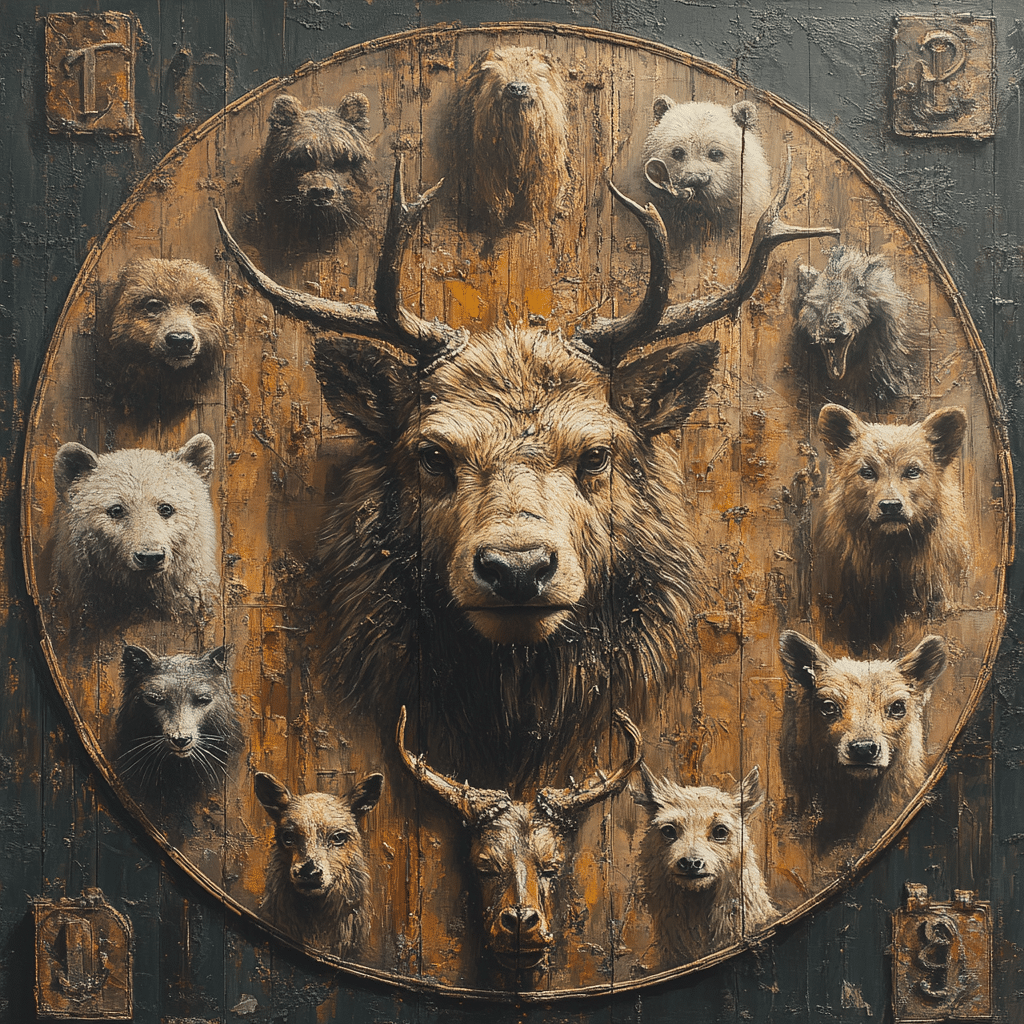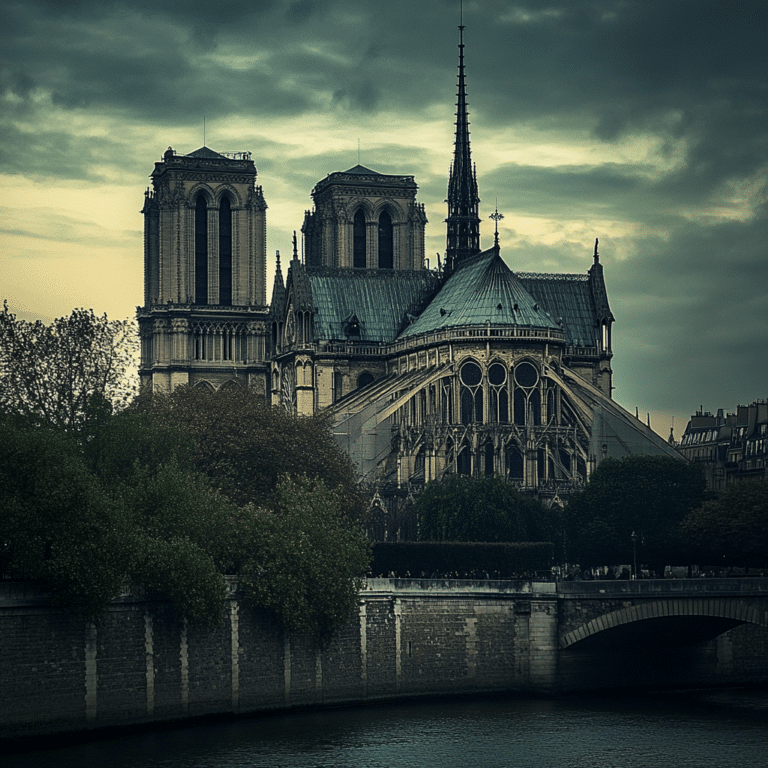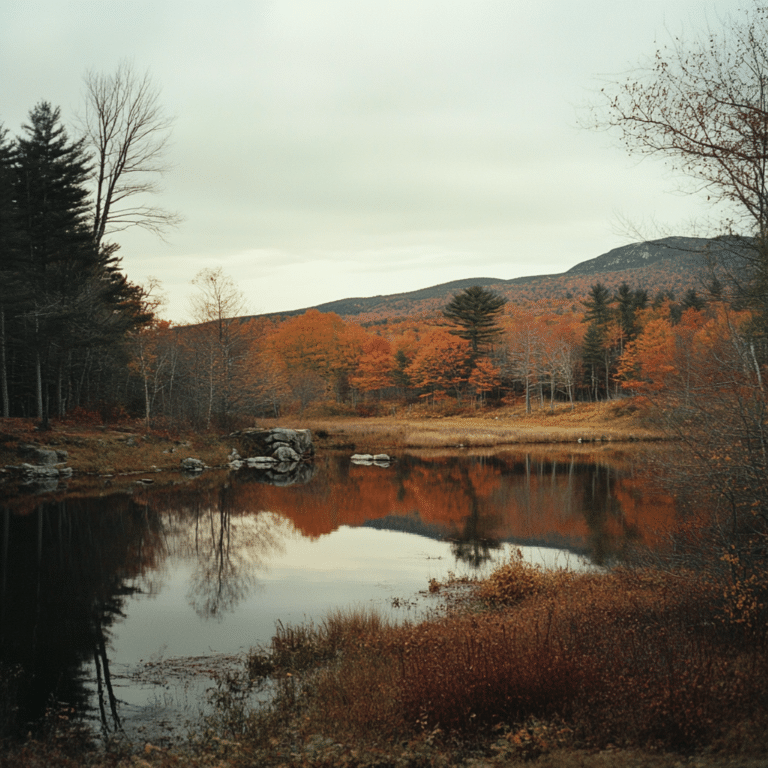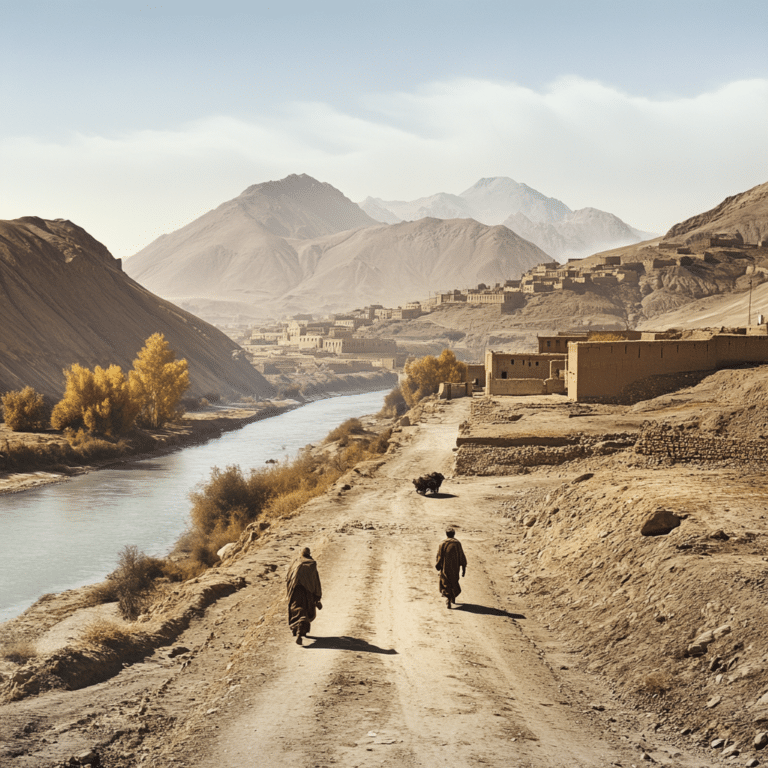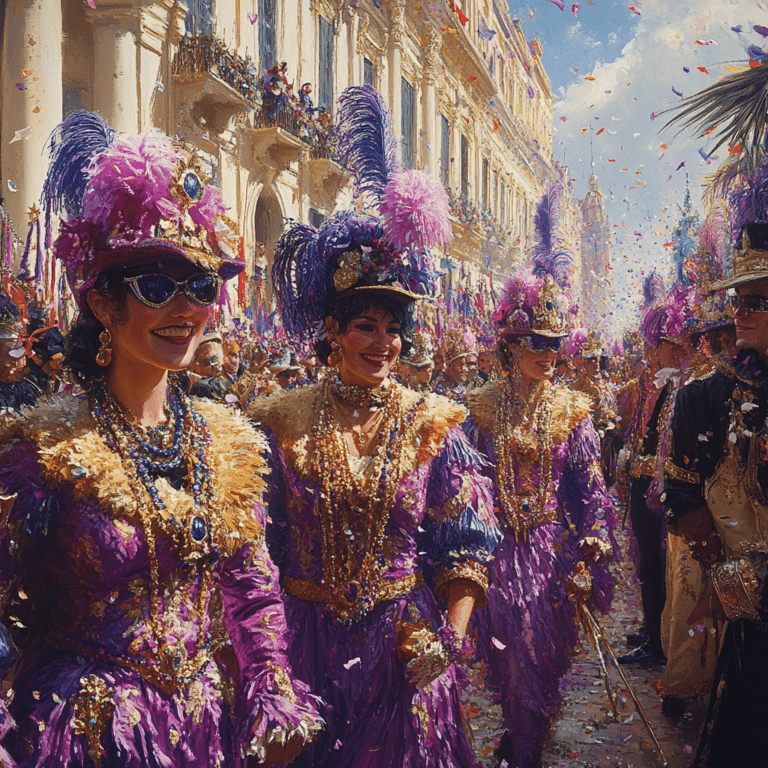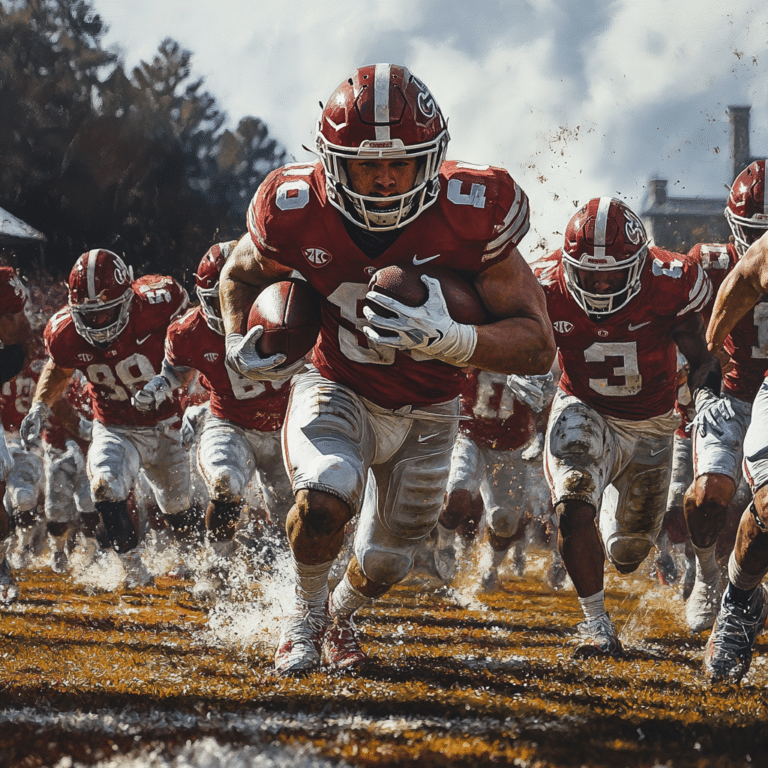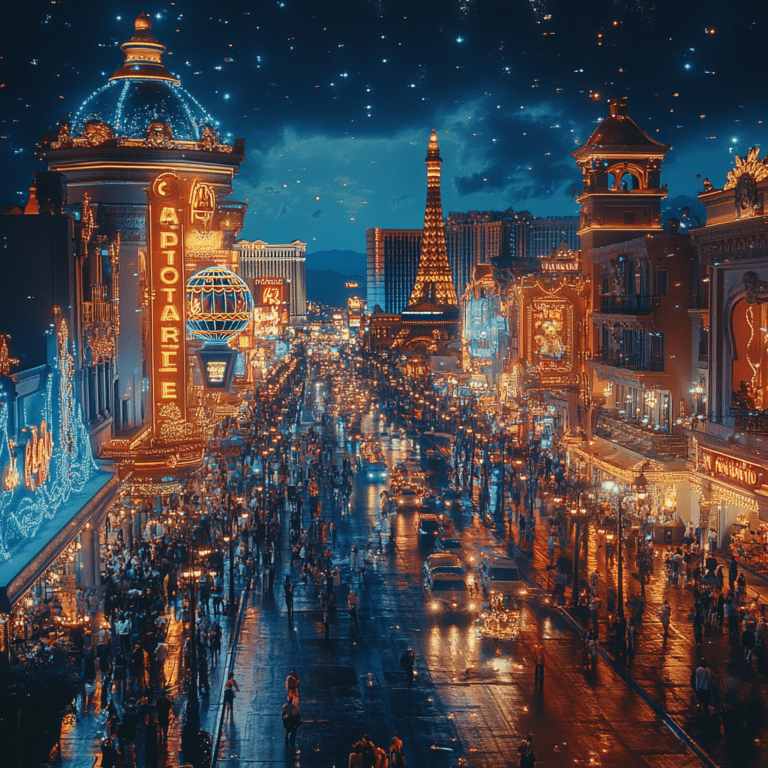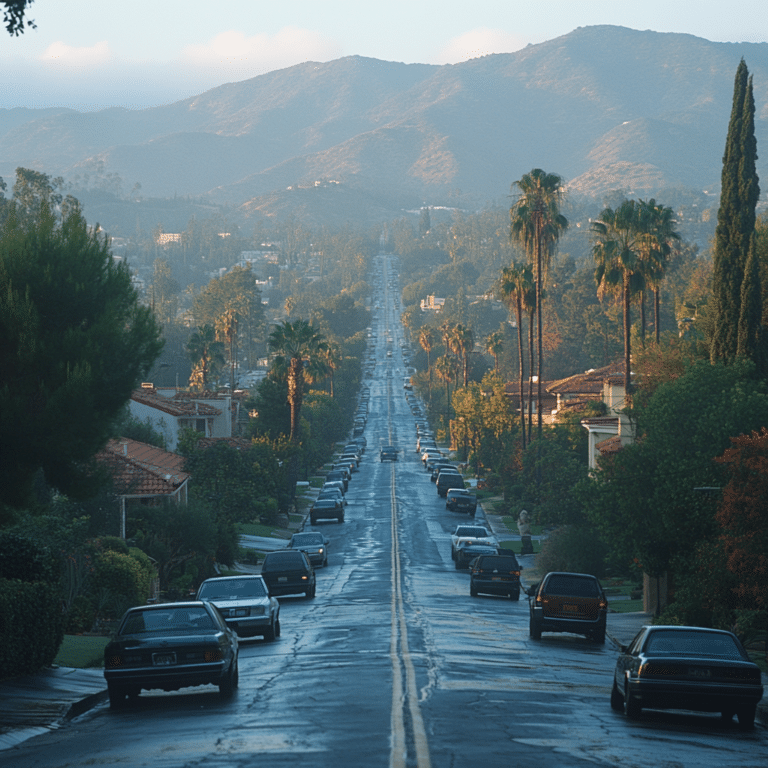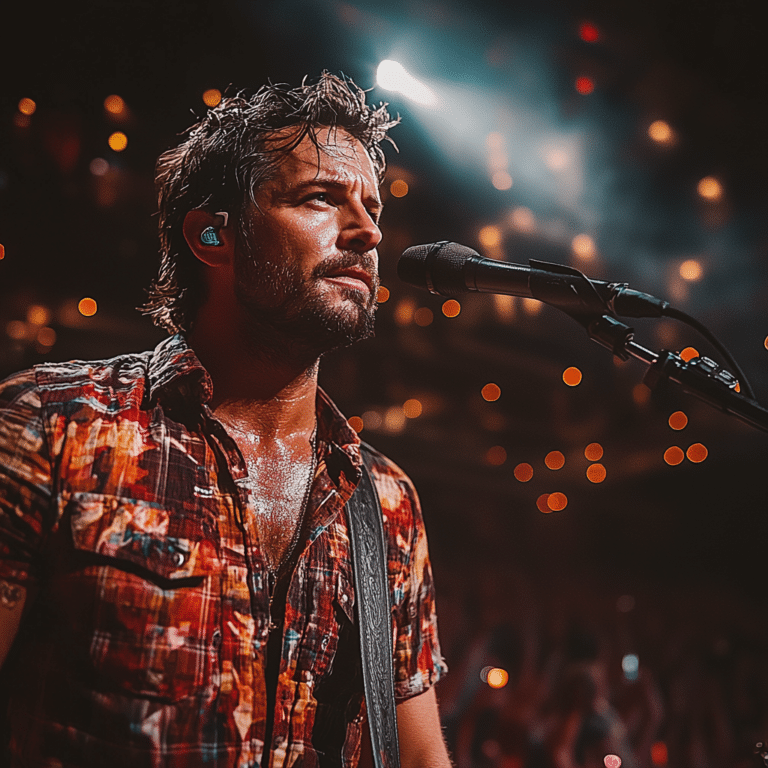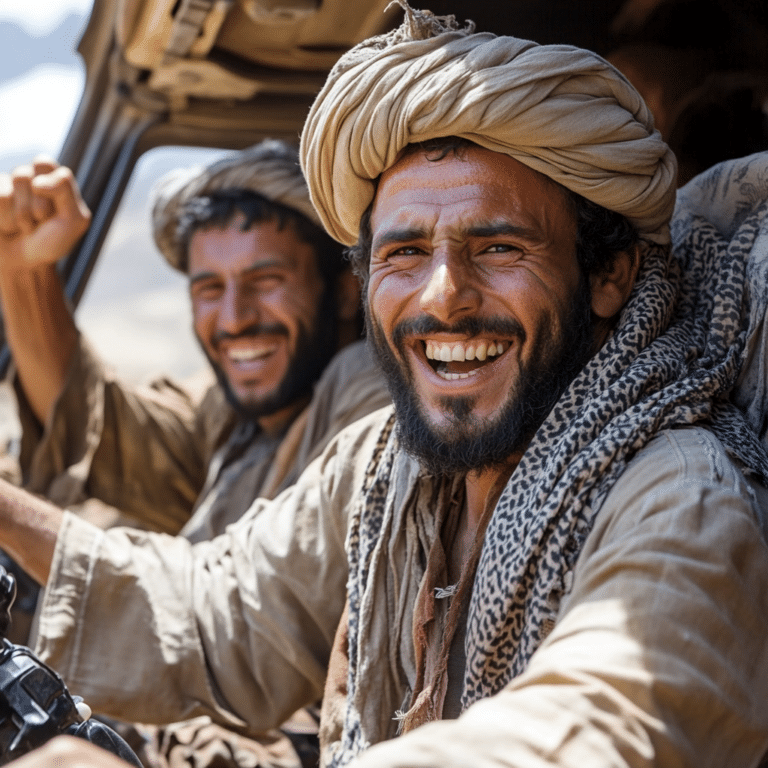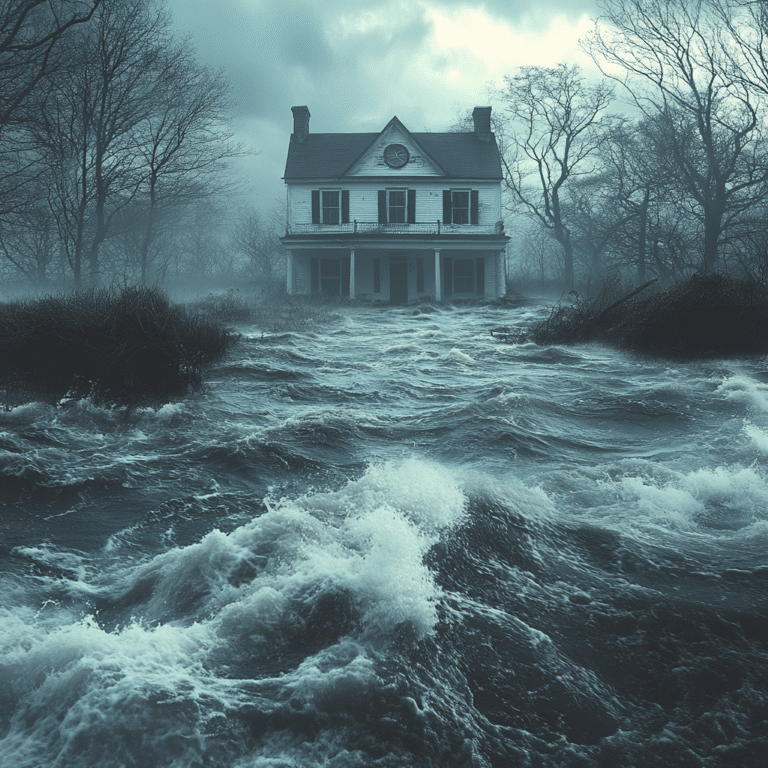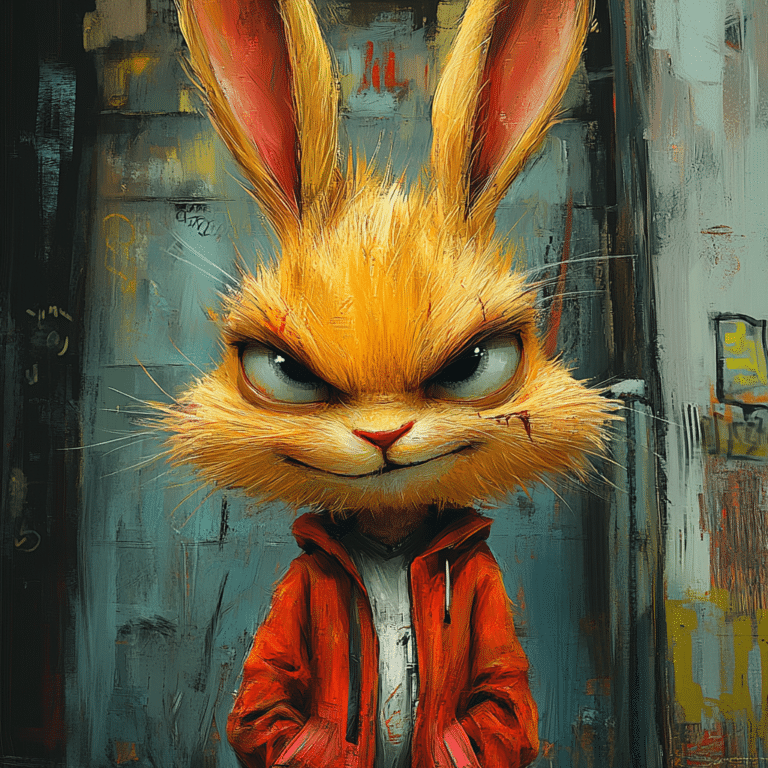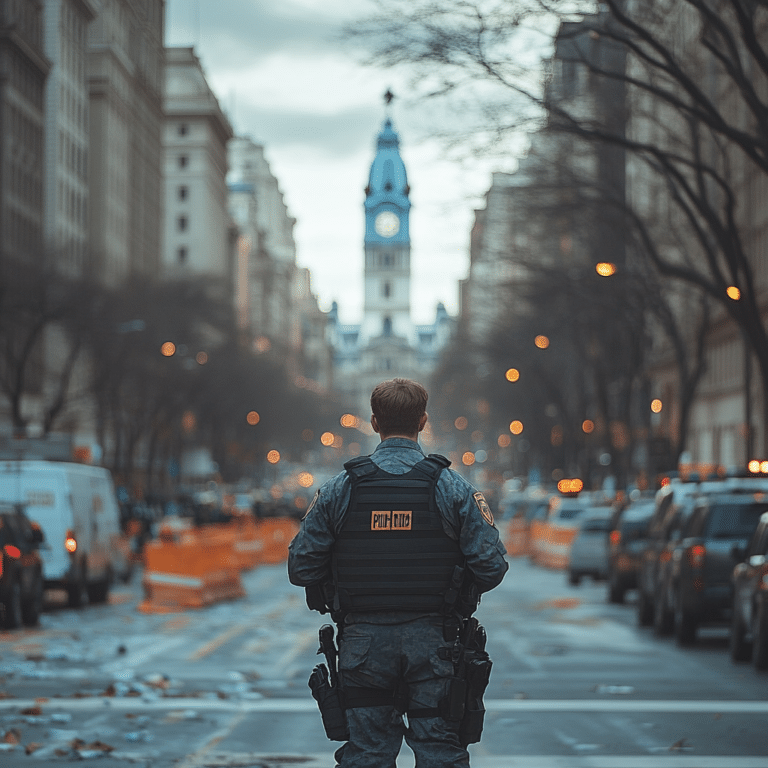The Allure of Wild Animals: Instinct and Connection
Wild animals have fascinated humanity for centuries. Think about it! There’s an intrinsic connection we feel to these creatures that goes far beyond mere admiration. From ancient cave paintings to modern films, wild animals like lions, bears, and dolphins capture our imaginations and shape our cultural narratives. This isn’t just sentimental fluff; it’s a reflection of our understanding of the natural world. The raw beauty and mystery of wildlife evoke awe and inspire conservation efforts worldwide.
However, wild animals are also vulnerable, facing significant threats due to climate change, habitat destruction, tornados, and wildfires. As conservative values tell us, stewardship counts. The responsibility lies with us to protect these magnificent beings and the ecosystems that support them. Engaging with wild animals fosters a deeper connection to nature, leading us to advocate for their rights and habitats. The challenges they face can serve as a rallying cry for action, urging us to engage with and rethink policies that impact wildlife.
As we embrace 2024, it becomes clearer that connecting with wild animals encourages us to prioritize conservation. This connection deepens our sense of responsibility, reminding us that each creature plays a vital role in a complex ecosystem. Wild animals may be intrinsic to our natural world, but they also embody lessons about resilience and survival that can inspire us to preserve our environment against degrading forces.
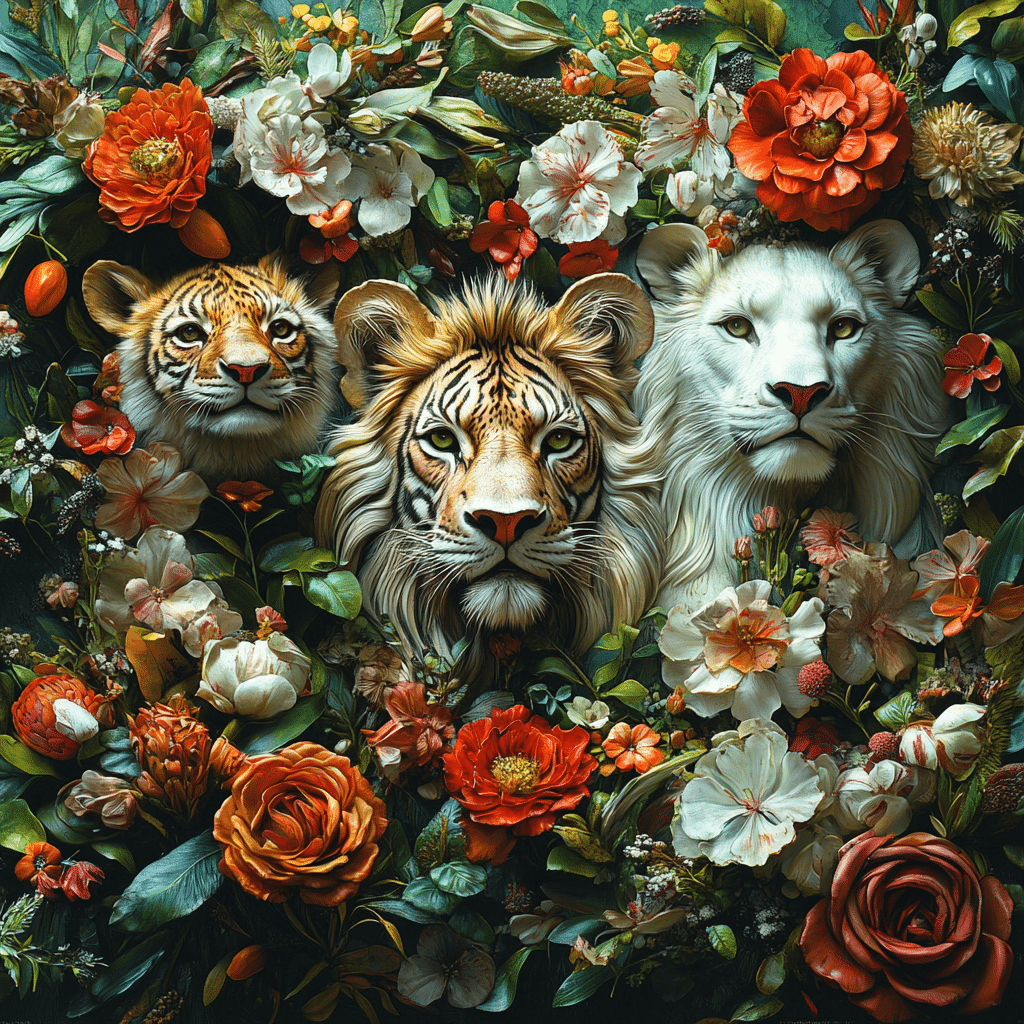
Top 5 Wild Animals That Inspire Conservation Efforts
These creatures are not just magnificent; they’re incredibly intelligent and socially adept. Unfortunately, they’re battling rapid habitat loss and ruthless poaching. Organizations, like the World Wildlife Fund (WWF), work tirelessly to counter these threats. Thanks to initiatives like anti-poaching patrols, efforts are now showing promise as poaching rates decline in several regions. Every time we watch a documentary or share a social media post about these gentle giants, we help generate interest and awareness, empowering conservation efforts.
Bald eagles, once teetering on the brink of extinction, now soared back to prominence. From pesticide threats to habitat destruction, these birds faced daunting challenges. With the Endangered Species Act behind them, eagles have become a symbol of American resilience. Public fascination with this majestic bird has sparked conservation efforts to preserve their wetlands and habitats. It’s amazing to think that our actions can lead to such impactful changes, especially in the face of unpredictable climate events like wildfires.
Tigers evoke a distinct sense of untamed spirit. However, habitat fragmentation and poaching have plunged their populations into crisis. Organizations like the Tiger Conservation Program emphasize the necessity of protecting these iconic felines along with their natural environments. By engaging in global movements against illegal wildlife trade, we demonstrate human accountability. Tigers remind us that our relationship with wild animals is part of a broader pact to uphold nature’s balance.
Often celebrated as a cute conservation icon, red pandas face serious threats from habitat loss caused by agricultural expansion and climate change. Their undeniable charm has galvanized awareness and innovative campaigns, such as “Adopt a Red Panda.” These initiatives provide funding for protection projects, making conservation efforts a community responsibility. Who knew that our fondness for such endearing wild animals could translate into actionable change?
These magnificent hunters of the sea are all too frequently misrepresented. While films like “Jaws” painted them as ruthless killers, educational campaigns have shifted public perception dramatically. Now, conservation organizations delve into shark research and promote the significance of healthy shark populations for marine ecosystems. It’s vital to acknowledge the interconnectivity of all life forms. Protecting habitats affected by tornados and pollution is pivotal for sustaining marine biodiversity.
The Intersection of Natural Disasters and Wildlife Preservation
Wild animals not only captivate our hearts but also encounter increasing challenges stemming from natural disasters like tornados and wildfires. Such events jeopardize habitats and food sources, intensifying the stress on already vulnerable species. The devastating 2020 Australian wildfires exemplified this harsh reality, wreaking havoc on wildlife populations. Conservationists sprang into action to rehabilitate affected species and restore habitats. Such incidents highlight the critical importance of understanding how wild animals adapt to adversity, which can aid in devising better conservation strategies.
Several species exhibit unique behaviors that aid their survival amidst environmental turmoil. For instance, some bird species alter their migratory patterns in response to extreme weather conditions exacerbated by climate change. This adaptability offers crucial insights for wildlife management, showcasing the need for proactive measures that safeguard not just wild animals, but the ecosystems they inhabit. As our world continues to change, our role in preserving wildlife becomes more pressing.
As bold advocates for conservative values, we bear the responsibility of championing wildlife preservation. Engaging in education and conservation isn’t just about saving animals; it’s about preserving the legacy we leave for future generations. Each wild animal represents a piece of our shared heritage, and standing up in their defense echoes our commitment to common-sense stewardship and respect for nature.
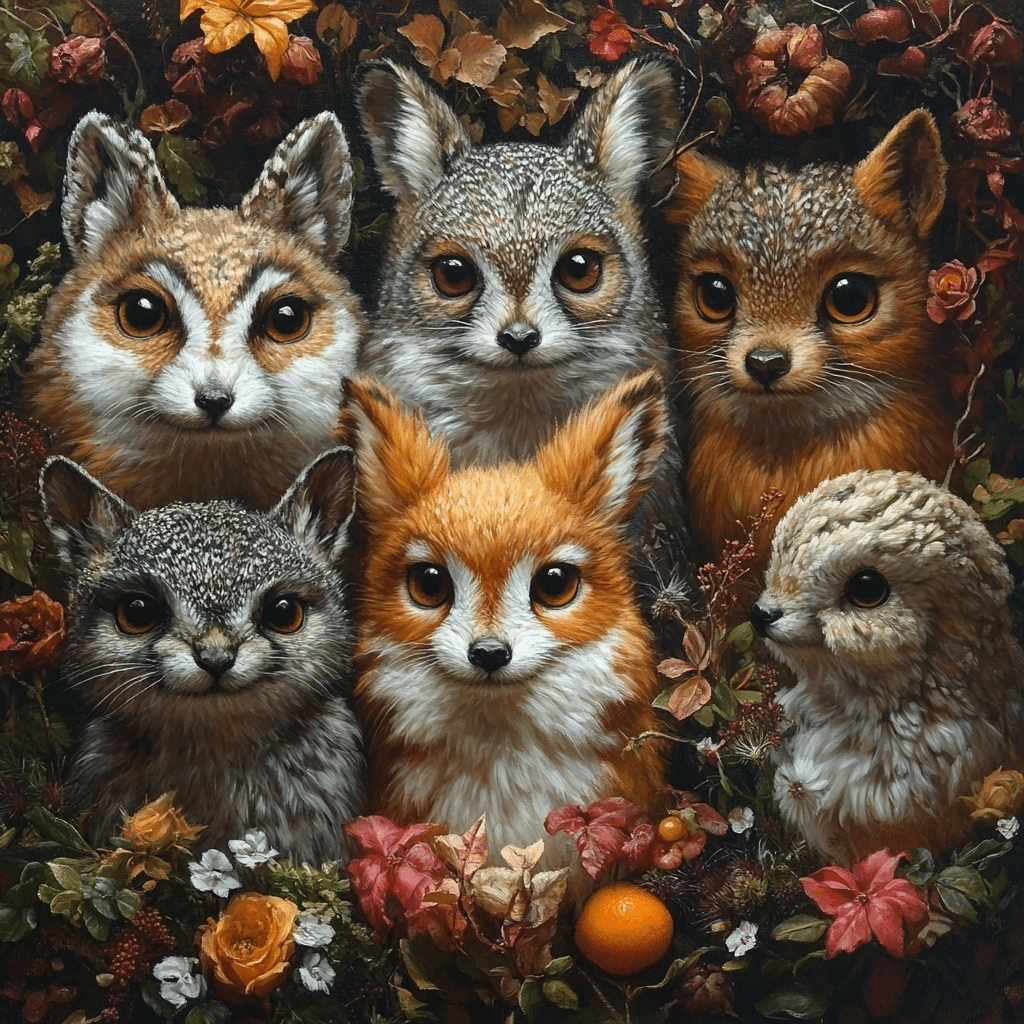
Rekindling Our Love for Wildlife: A Collective Responsibility
Our admiration for wild animals goes beyond mere fascination; it embodies our duty to protect these creatures that enrich our planet. We must engage actively in conservation efforts, combat misinformation, and educate communities about nature’s fragility. The threats posed by climate change, wildfires, and habitat destruction are real, and our collective action is essential for reversing these trends.
In moving forward with renewed vigor in 2024, it’s paramount that we strengthen our understanding and respect for wild animals. Schools and communities should integrate wildlife education, inspiring the next generation to stand up for nature. By supporting conservation initiatives, we hold the potential to ensure these remarkable creatures continue inspiring awe, curiosity, and respect for decades to come, and that we maintain our beautiful ecosystems intact.
It might feel overwhelming at times, but don’t forget that every effort counts. By advocating for wild animals and recognizing their importance, we reinforce our conservative principles of stewardship and responsibility. When we rally for wildlife, we also forge a path toward a sustainable future, uniting diverse individuals in a celebration of life’s wonders. Let’s make protecting wild animals a priority and lay the foundation for a brighter, greener tomorrow.
Wild Animals that Captivate Our Hearts and Minds
Wild Wonders
When you think of wild animals, it’s easy to get lost in the enchanting world of nature. Did you know that elephants can recognize themselves in mirrors? That’s right! This kind of self-awareness is usually reserved for humans and the great apes. Elephants also have incredible memories; they can remember water sources over long periods, helping them survive in their frequently harsh environments. Speaking of survival, let’s ponder What Happens To a house When The owner Dies And there Is no will. Just like wild creatures, human legacies can be complicated, too!
Shifting gears, have you ever heard of the fascinating way that dolphins communicate? These intelligent creatures use their own unique whistles, like names, to identify one another. Just imagine the complexity of their social networks! Interestingly, these mammals aren’t the only ones with a song to sing. Denny Laine may be known for his harmonies, but in the wild, myriad creatures create a symphony of sounds, especially at dawn and dusk, painting an extraordinary audio landscape. It’s a reminder of how interconnected the beauty of nature is.
Conservation Conversations
Now, let’s talk numbers. How many left of a species does one need to worry about before it’s too late? Many continue to grapple with the alarming statistics surrounding endangered wild animals. A stark reminder that wildlife conservation isn’t just about saving fluff- or scale-covered friends; it’s crucial for the health of our ecosystems. And in line with that, if you’re ever pondering your finances while trying to save the planet, the question,can I get a loan With no credit? might cross your mind. Just like wild animals require habitat, people need resources to thrive, and understanding both aspects is integral to our future.
Also, while we buzz through the topic of wild animals and their habitats, let’s not forget those who express their creativity through tattoos, like tattoo artist Kat von d. Her artwork can be seen as a form of personal expression, similar to how animals showcase vibrant colors or elaborate dances to attract mates. Even the most seemingly standalone concepts can find their ties to nature and creativity, unveiling the wonder that surrounds us all. Speaking of creativity, every beat of life, from the flutter of butterflies to the legal maneuvers of Trump’s lawyer, adds layers of intrigue to our existence.
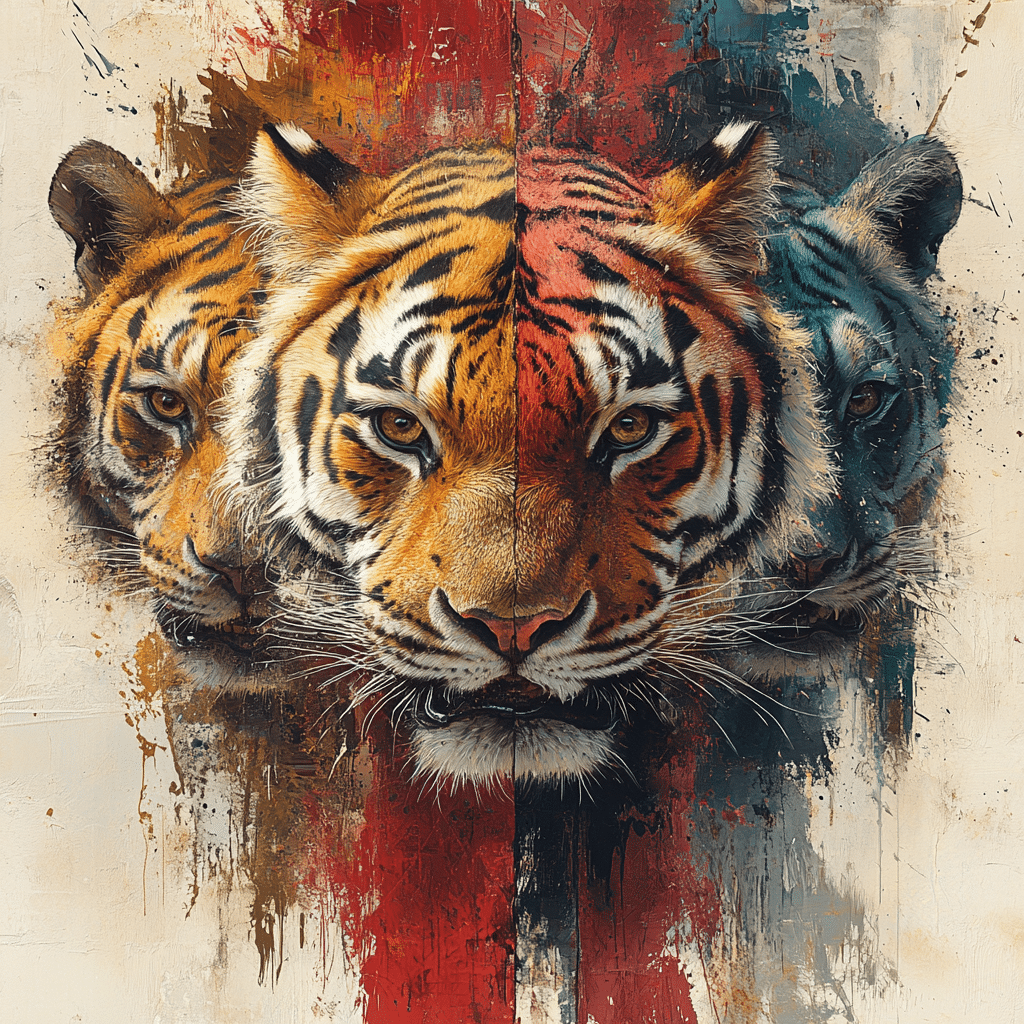
What are 10 wild animals?
Some examples of wild animals include the bear, cheetah, crocodile, fox, lion, shark, snake, tiger, monkey, and leopard. These animals live independently in their natural habitats without any help from humans.
What are wild animals for kids?
For kids, wild animals are simply animals that live in the wild and aren’t domesticated. This means they find their own food, water, and places to stay, just like lions, bears, and other creatures you might see in a zoo or wildlife documentary.
What are the most popular wild animal?
When it comes to popularity, tigers are the clear favorites in 44 countries. Other popular wild animals include hippos, which are loved in 28 countries, and dolphins, adored by folks in 17 countries.
What are the special five wild animals?
The “special five” wild animals often refer to the big game animals that are highly sought after by safari-goers. This typically includes the lion, leopard, elephant, buffalo, and rhinoceros.
What are 100 animals’ names?
If you’re looking for a list of animal names, you could come up with tons! A hundred names might include things like zebra, kangaroo, eagle, owl, rabbit, and many more, going far beyond just the wild ones.
What are animals 50?
For animals, if you’re thinking about 50 specific names, you’d have creatures like the elephant, cheetah, tiger, dolphin, pelican, and more, covering a nice variety from both the wild and domestic spheres.
Is a dog a wild animal?
No, dogs aren’t wild animals; they’re domesticated and usually live with people. They might have wild ancestors, but pet dogs rely on humans for food and care.
Is a giraffe a wild animal?
Yes, giraffes are wild animals. They roam freely in their natural habitats, mainly in savannas and open woodlands across Africa, and they find their own food and shelter.
Is a monkey a wild animal?
Monkeys are definitely considered wild animals. They live in various environments around the world and don’t rely on humans for survival, although some might live near human settlements.
What is the rarest wild animal?
The rarest wild animal is often said to be the Vaquita, a small porpoise found in the Gulf of California, with only a handful left due to habitat loss and fishing practices.
What is the cutest wild animal?
For the cutest wild animal, many folks would vote for the red panda. With their fluffy bodies and playful personalities, they’re hard not to love!
What is the nicest wild animal?
The nicest wild animal is often subjective, but many people consider dolphins to be friendly and social creatures, known for interacting positively with humans.
What are the 10 wild animals names?
The big six wild animals typically refer to the lion, leopard, elephant, rhino, buffalo, and the African wild dog. These animals are sought after on safaris and are often seen as icons of wildlife conservation.
What is the most beautiful wild animals?
As for the most beautiful wild animals, the peacock often gets a lot of love for its stunning feathers and display, making it a favorite for its striking appearance.

